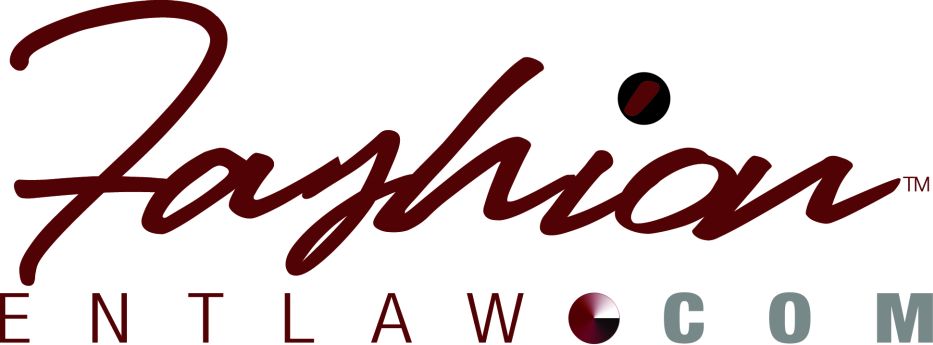 Condé Nast, publishers of VOGUE, have, according to Cameroonian Photographer Mario Epanya who sought the license, denied Epanya its license to produce and distribute VOGUE Africa on the continent. Epanya posted the statement on his VOGUE Africa Facebook page. In a subsequent interview with Fashion Bomb Epanya said,
Condé Nast, publishers of VOGUE, have, according to Cameroonian Photographer Mario Epanya who sought the license, denied Epanya its license to produce and distribute VOGUE Africa on the continent. Epanya posted the statement on his VOGUE Africa Facebook page. In a subsequent interview with Fashion Bomb Epanya said,
“I have a friend who is friends with the head of Conde Nast France. “…About a month ago I sent the director of Conde Nast France a message, via my friend, asking how I would go about getting a license for Vogue Africa. He replied that no, it would not be possible to do the project.”
I have already given my two cents, for all it is worth, on the topic and still remain of the opinion that a VOGUE Africa makes no sense. Nevertheless, of real interest, to me, is to briefly discuss licensing agreements, how they work and essentially how fashion companies/ individuals looking to obtain one should go about getting it, given the statement from Epanya.
What is a Licensing Agreement?
In lay and very simple terms, it is the permission that one person (licensor) gives to another (the licensee) to use property owned by licensor. Several areas of the law come into play mostly contracts and intellectual property law.
Benefits: Licensor gets royalties/more revenue streams, more brand recognition, entrance into new markets (Africa and Asia serve as illustration of this point), minimal investment in product development and manufacturing, among many benefits. Disadvantages: Licensor might lose some quality control over its product and brand.
Quick History
Licensing really saw a boom in 1980s-90s. In fashion, it is a multi-billion dollar global industry with names like Christian Dior who began in 1949, Bill Blass, Anne Klein, Calvin Klein, among others, to thank for making it so commonplace.
How it Really Works
First, a licensing agreement is not some casual phone call or email. You should get an attorney involved, have your ducks lined in a row and know exactly what you are trying to accomplish. An agreement should, needless to say, also be in place.
Second, there are some keyterms that must necessarily be a part of the licensing agreement.These key terms and all terms in the agreement govern your relationship throughout the duration of the license.
Some key terms in the agreement include:
- Scope
- Exclusivity (Usually a non-exclusive license is granted)
- Length
- Restrictions/prohibitions
- Liability
- Revenue
- Sub-licensing
- Warranties
- Termination
Litigation
When all else fails, i.e. there is a breakdown in the relationship; litigation is available to sort out what the parties truly meant. Obviously, litigation is very expensive. So, while you will help make money for attorneys (we are so not complaining) it makes sense, at the onset, to get it right so you avoid the personal headaches and high blood pressure that comes with not getting it right, at the onset.
Photocredit: Mario Epanya/July 2010 VOGUE Africa Cover

FASHIONENTLAW blog, authored by Ms. Uduak, was first established in 2010. It is now incorporated, in 2021, as part of the FASHIONENTLAW LAW FIRM blog. The blog is for informational purposes only and provides legal commentary and analysis on the intersection of mainstream America pop culture and the law. It also provides updates on Ms. Uduak’s speaking engagements and press activities. For inquiries on topics covered on this site, please get in touch with our firm. If you seek legal representation for your specific legal needs, please schedule a consultation.
📞Call 916-857-9970 or
🌐Email ([email protected])
💻 Schedule a consultation directly on this site.
